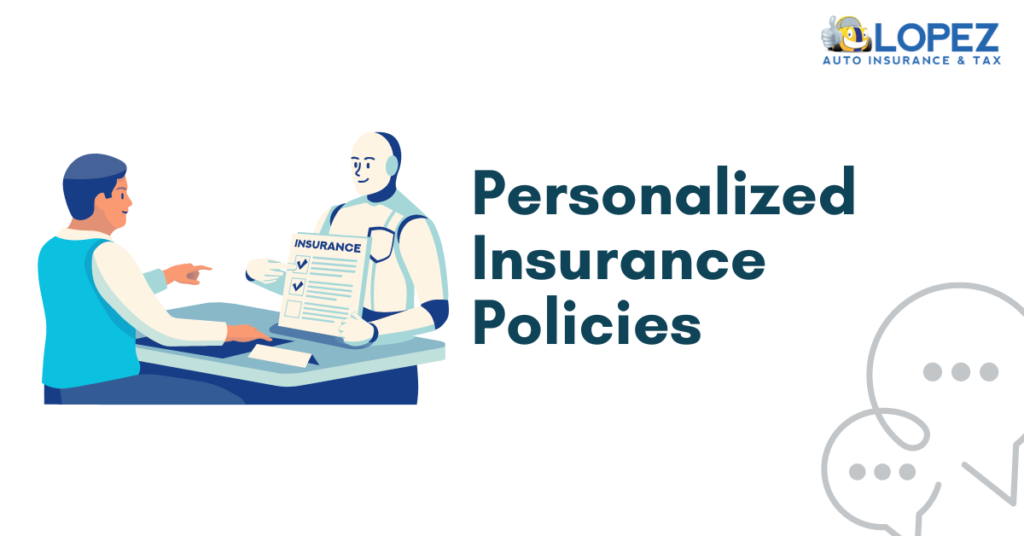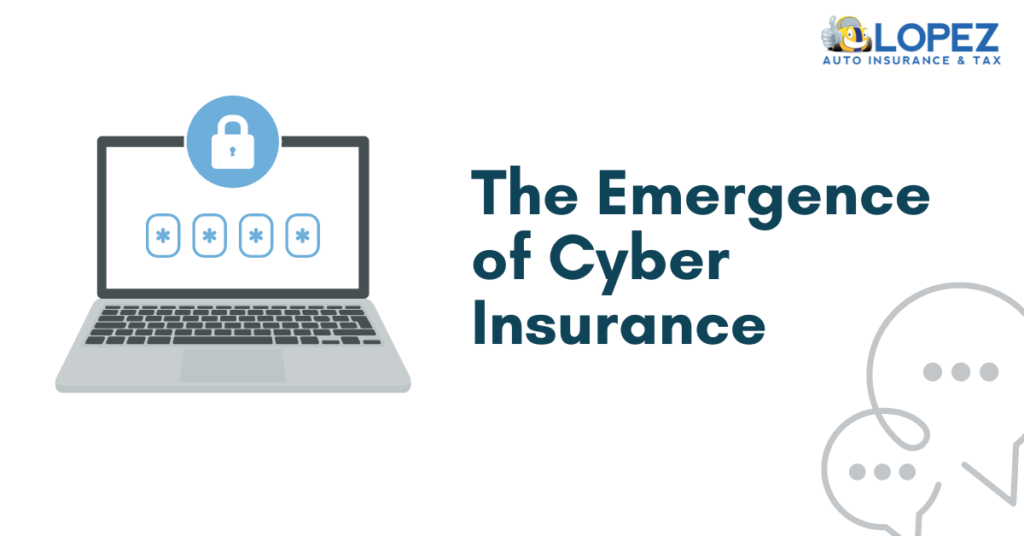The insurance sector stands at the brink of a radical transformation, driven by a combination of technological advancements, evolving consumer expectations, and the ever-changing regulatory environment. As we approach 2024, insurance companies must stay ahead of these trends to not only survive but thrive in the new landscape. This comprehensive guide delves deep into the trends that are shaping the future of insurance, providing detailed insights and comparative analyses to illuminate the path forward. Let’s explore these key trends and their implications for the industry.
Table of Contents
Accelerated Digital Transformation
The digital transformation in the insurance industry has shifted from a gradual evolution to a rapid revolution. The pandemic served as a catalyst, accelerating the shift toward digital channels and highlighting the importance of digital readiness. Now, insurers are rapidly adopting digital-first strategies, focusing on enhancing online platforms for policy management, claims processing, and customer service to meet the growing expectations of tech-savvy consumers. This digital shift is not just about improving efficiency; it’s about reimagining customer experiences in the digital age.
Digital transformation encompasses the integration of digital technology into all areas of business, fundamentally changing how insurers operate and deliver value to their customers. It’s also a cultural change that requires organizations to continually challenge the status quo, experiment, and get comfortable with failure. This means stepping away from traditional, manual processes and towards automated, data-driven approaches that offer customers convenience, speed, and personalization.
Traditional vs. Digital Insurance Models
| Feature | Traditional Insurance Model | Digital Insurance Model |
| Customer Interaction | Predominantly in-person and over the phone, with limited availability outside business hours. | Primarily online through apps and websites, offering 24/7 accessibility and convenience. |
| Policy Management | Relies on paper-based, manual processes prone to errors and delays. | Utilizes digital dashboards and automated updates, enhancing efficiency and accuracy. |
| Claims Processing | Involves time-consuming, manual verification processes, leading to delays in claim settlements. | Employs quick, AI-driven assessments and automation, significantly reducing processing times. |
| Personalization | Offers generalized products with little customization based on individual needs. | Provides tailored policies using data analytics, catering to the unique requirements of each customer. |
Transforming Insurance with Intelligence
Artificial Intelligence (AI) and Machine Learning (ML) are at the forefront of technological innovations transforming the insurance industry. These technologies are not just buzzwords but are becoming integral to the operations of insurance companies, offering unprecedented capabilities in processing large volumes of data, automating decision-making processes, and enhancing customer experiences. AI and ML are revolutionizing various facets of the industry, from automating routine tasks to providing more accurate risk assessments and personalized customer service.

AI-powered chatbots and virtual assistants are improving customer service by offering round-the-clock support and quick responses to queries. Machine learning algorithms are enabling more accurate risk assessments by analyzing vast datasets, leading to fairer and more personalized policy pricing. Furthermore, AI tools are being employed to detect fraudulent activities by identifying patterns that may indicate fraudulent claims, thereby protecting insurers from significant losses and helping to keep premiums lower for honest policyholders.
AI/ML Applications in Insurance
| Application | Description | Impact |
| Customer Service | Utilization of AI-powered chatbots and virtual assistants to provide instant support and answers to customer queries. | Enhances customer satisfaction with improved availability and faster response times, leading to increased loyalty and retention. |
| Risk Assessment | Employment of ML algorithms to analyze vast datasets, including historical data and real-time inputs, to predict risks more accurately. | Enables more accurate and personalized policy pricing, reflecting the true risk profile of each customer, thus making insurance more fair and accessible. |
| Fraud Detection | Deployment of AI tools to scrutinize claims and identify patterns that may indicate fraudulent activities. | Helps in reducing losses due to fraud, thereby contributing to lower insurance premiums for all customers and maintaining the integrity of the system. |
Personalized Insurance Policies
The trend toward personalization in insurance is a direct response to the increasing demand for customized products and services. Gone are the days of one-size-fits-all insurance policies. Today, consumers expect solutions that cater specifically to their individual needs, preferences, and risk profiles. Insurers are leveraging advanced data analytics, AI, and ML to mine vast amounts of data for insights that enable them to offer highly personalized insurance products. This move towards personalization helps insurers differentiate themselves in a crowded market, improve customer satisfaction, and foster loyalty.

Personalized insurance policies are not just about customizing premiums; they’re about offering flexible coverage options, dynamic pricing based on real-time data (such as telematics in auto insurance), and even preventative services aimed at mitigating risks. This level of personalization requires a deep understanding of each customer’s unique circumstances, enabled by technology but guided by a human-centric approach.
General vs. Personalized Insurance Policies
| Feature | General Insurance Policies | Personalized Insurance Policies |
| Pricing | Based on broad demographic data, leading to a one-size-fits-all pricing strategy that may not accurately reflect individual risk. | Tailored to individual risk profiles using data analytics, this results in fairer pricing and often lower costs for low-risk individuals. |
| Coverage | Offers standard packages with fixed coverage options that may not meet everyone’s needs. | Provides customized coverage options, allowing customers to choose what they pay for based on their specific needs and lifestyle. |
| Flexibility | Limited flexibility, with customers often paying for unnecessary coverage or missing out on desired coverage. | High flexibility, with policies that can be adjusted over time as the customer’s needs change, ensuring that the insurance coverage remains relevant. |
The Emergence of Cyber Insurance
In an increasingly digital world, cyber threats pose a significant risk to individuals and businesses alike. The emergence of cyber insurance as a key trend in 2024 reflects the growing awareness and need for protection against these digital risks. Cyber insurance policies are designed to protect against the financial repercussions of cyberattacks, data breaches, and other digital security incidents. These policies cover a range of expenses, including data recovery costs, ransom payments, legal fees, and even reputational damage control.

The need for cyber insurance is underscored by the rising frequency and sophistication of cyberattacks. As businesses and individuals become more reliant on digital technologies, the potential impact of a cyber incident grows, making cyber insurance an essential component of risk management strategies. Insurers offering cyber insurance must stay abreast of the latest cybersecurity trends and threats to provide effective coverage and support to their clients.
Traditional vs. Cyber Insurance
| Feature | Traditional Insurance | Cyber Insurance |
| Coverage | Focuses on physical assets and liabilities, such as property damage or personal injury. | Covers digital assets and liabilities, including data breaches, cyberattacks, and the resulting financial losses. |
| Risk Assessment | Based on physical factors and historical data, with a focus on tangible risks. | Relies on assessments of digital vulnerabilities and the ever-evolving landscape of cyber threats, requiring continuous updating. |
| Claims | Pertains to tangible damages, with relatively straightforward assessment processes. | Involves complex claims related to data recovery costs, ransom payments, and legal fees, often requiring specialized expertise to assess and manage. |
Sustainable Insurance Practices
Sustainability is increasingly becoming a cornerstone of corporate strategies, and the insurance industry is no exception. Sustainable insurance practices involve the integration of environmental, social, and governance (ESG) factors into business operations, underwriting, and investment decisions. This trend reflects a growing recognition of the insurance industry’s role in promoting a sustainable future. Insurers are assessing risks and opportunities through the lens of sustainability, offering products that encourage environmentally friendly practices, and making investments that support social and environmental objectives.
The shift towards sustainable insurance practices is driven by a combination of consumer demand, regulatory pressures, and the recognition that addressing global challenges such as climate change is not just an ethical imperative but also a business necessity. Sustainable insurance practices help insurers manage risks more effectively, tap into new markets, and build resilience against future challenges.
Traditional vs. Sustainable Insurance Practices
| Feature | Traditional Insurance Practices | Sustainable Insurance Practices |
| Focus | Predominantly profit-driven, with primary emphasis on financial performance. | Balances profit objectives with environmental and social impacts, recognizing the long-term benefits of sustainability. |
| Investment | Investments are made without specific consideration for environmental or social impacts. | Prioritizes ESG-compliant investments, supporting projects and companies that contribute to sustainable development goals. |
| Products | Offers standard insurance products without particular focus on environmental or social issues. | Develops green insurance products that support renewable energy projects, conservation efforts, and environmentally responsible behaviors. |
As we navigate through 2024, it’s clear that these trends will significantly influence the insurance industry’s trajectory. Insurers who embrace digital transformation, leverage AI and ML for intelligence, offer personalized policies, prepare for the rise of cyber threats, and commit to sustainability will be well-positioned to lead the way. By understanding and adapting to these trends, insurance providers can not only enhance their service offerings but also contribute to a more secure, efficient, and responsible future.





